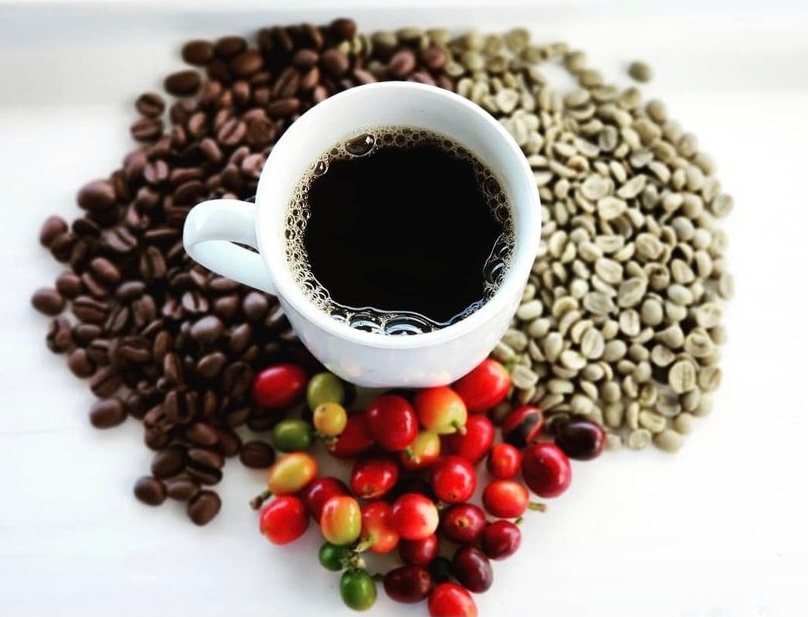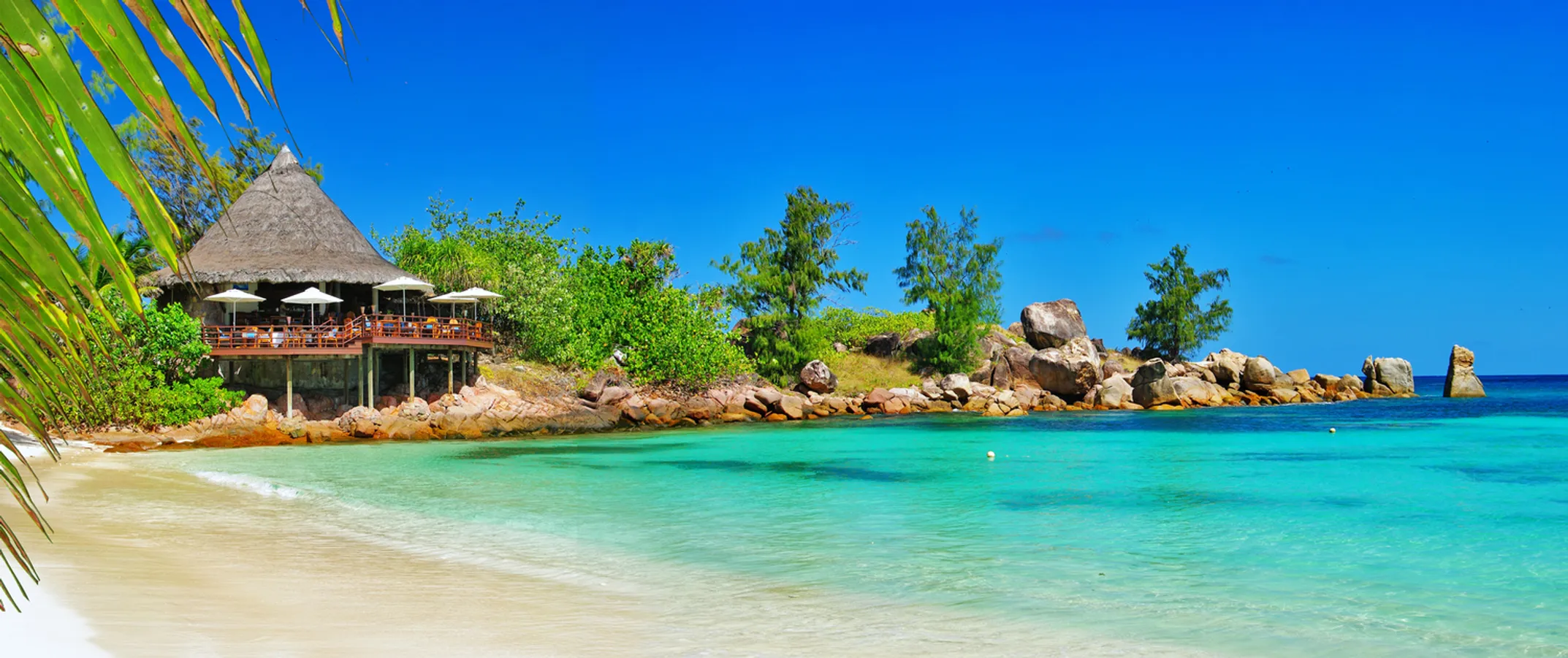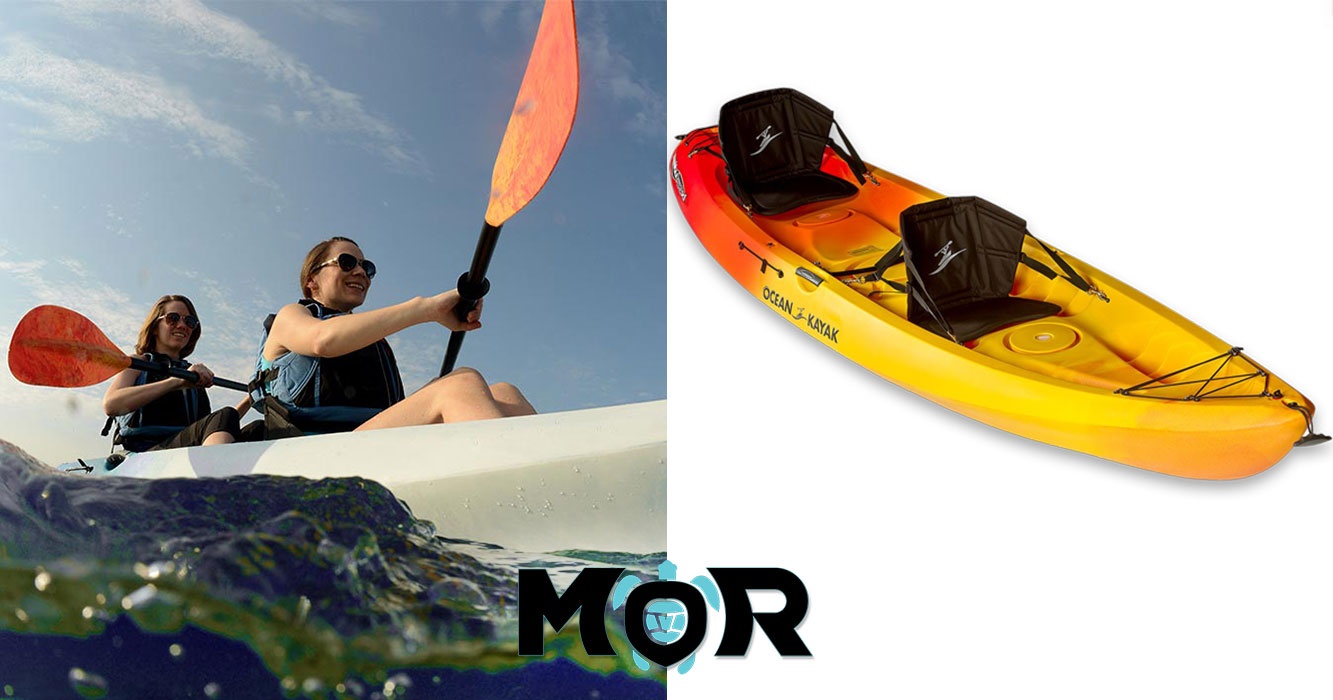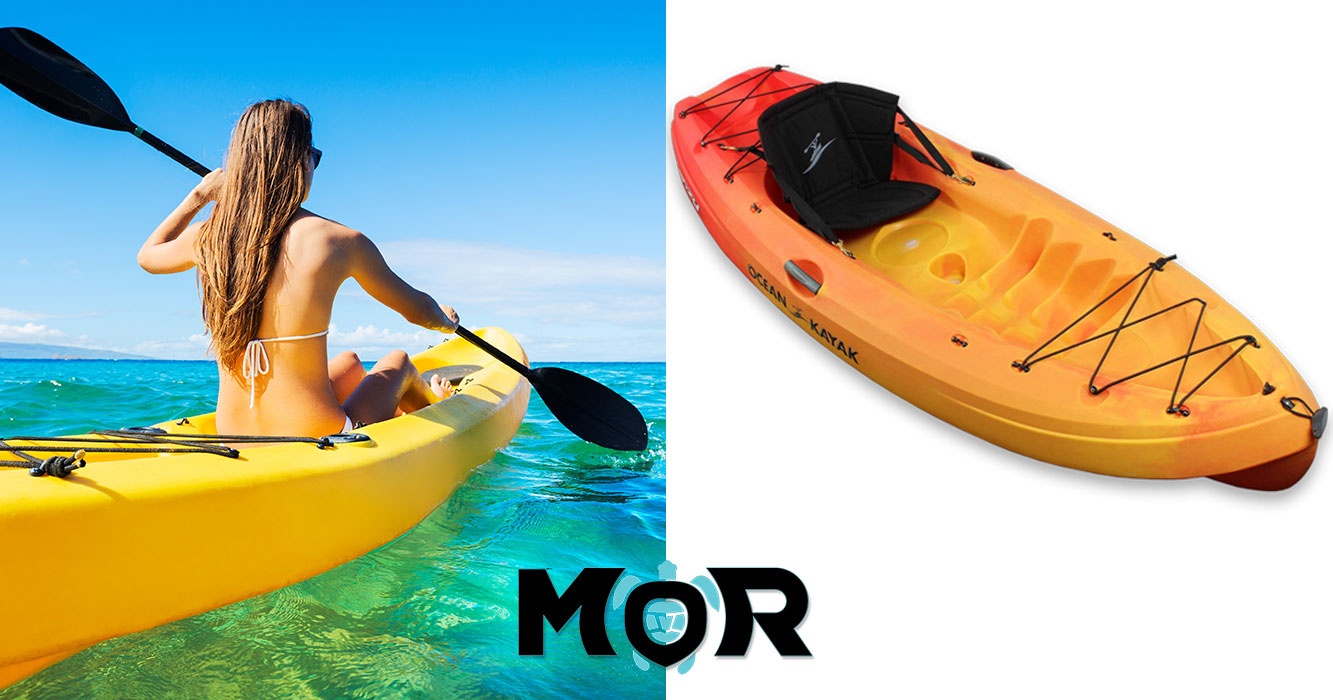
“Brew Your Best Cup”- Coffee Brewing Workshop
Heavenly Hawaiian Coffee Farm • Farm • Holualoa, Island of Hawaii • Hawaii

Where the Earth shows off its creative power on an incredible scale
Everything about the Big Island operates on a different scale. Two massive volcanic mountains create weather patterns, ecosystems, and landscapes that shouldn't exist on a tropical island. Snow caps Mauna Kea while lava flows into the ocean just 50 miles away. Desert conditions prevail on the west side while tropical rainforest thrives on the east. This is where the Earth shows off its creative power.
My most memorable Big Island experience happened at Kilauea volcano during an active eruption. Standing at the rim of Halemaumau crater at night, watching molten lava bubble and flow, feeling the heat on my face from hundreds of feet away - that's when you understand why Hawaiians honor Pele as a goddess. The volcano creates new land every day. You're witnessing the birth of the Earth.
Mauna Kea provides an equally powerful but opposite experience. The summit rises 13,796 feet above sea level, making it taller than Mount Everest when measured from the ocean floor. World-class observatories take advantage of the clear, dry air and minimal light pollution.
The island's size - larger than all other Hawaiian islands combined - means you need more time to explore properly. The Hilo side stays green and lush thanks to trade wind rainfall. Waterfalls cascade from mountain cliffs. Tropical gardens showcase plants from around the world. The town of Hilo maintains old Hawaii charm with wooden buildings and local businesses.
Kona side development focuses on resorts and coffee farms. The lava rock landscape looks harsh but supports unique ecosystems. Kona coffee grows on volcanic slopes in perfect climate conditions. Farm tours reveal the careful process from bean to cup. The coffee tastes unlike anything grown elsewhere.
Papakōlea Green Sand Beach demonstrates the island's geological uniqueness. The beach gets its color from olivine crystals in the volcanic rock. Reaching the beach requires a challenging hike or bumpy drive across rough lava fields. The reward is swimming at one of only four green sand beaches in the world. Respect the fragile environment by not taking sand samples.
Paniolo culture thrives in Waimea town and the surrounding ranches. Hawaiian cowboys developed their own traditions by blending Mexican vaquero techniques with local conditions. The Parker Ranch covers 130,000 acres and continues active cattle operations. Rodeos, festivals, and ranch tours celebrate this unique heritage.
The island's microclimates create incredible diversity within small areas. You can experience 8 of the world's 13 climate zones without leaving the Big Island. Alpine tundra exists on Mauna Kea's summit. Tropical rainforest covers the Hamakua Coast. Desert conditions prevail near South Point. Temperate grasslands spread across upcountry pastures.
Mauna Kea summit - snow-capped peaks at 13,796 feet with world-class observatories.
Hamakua Coast - waterfalls, lush vegetation, and 100+ inches of annual rainfall.
Ka'u District - arid landscapes with unique desert ecosystems near South Point.
Kilauea - active lava flows creating new land daily in the world's most accessible volcano.
Volcanic activity shapes daily life in ways visitors don't expect. Vog (volcanic smog) affects air quality when trade winds carry sulfur dioxide from active vents. Earthquakes happen regularly as the island continues growing. New subdivisions get built on lava flows from recent eruptions. Residents accept these conditions as part of living on an active volcano.
Hawaii Volcanoes National Park protects the most accessible active volcano in the world. The park contains multiple ecosystems, from coastal areas to alpine desert. Crater Rim Drive provides easy access to overlooks and short hikes. The Thurston Lava Tube lets you walk through a natural tunnel created by flowing lava. Rangers provide updates on current volcanic activity and safety conditions.
You can experience 8 of the world's 13 climate zones without leaving the Big Island. From snow-capped peaks to tropical rainforests to active lava flows, the island demonstrates Earth's incredible diversity in a single location.
All islands
O'ahu: The PulseUrban energy & ancient mana
Maui: The ShapeshifterValley Isle contrasts
Kauai: The MatriarchGarden Isle drama
You are here
Pineapple Isle mystery
Molokai: The TimekeeperFriendly Isle tradition
Choosing Your IslandPlanning guide
Kilauea - world's most accessible
Mauna Kea summit
Papakōlea - olivine crystals
Farm tours & tastings

Heavenly Hawaiian Coffee Farm • Farm • Holualoa, Island of Hawaii • Hawaii

